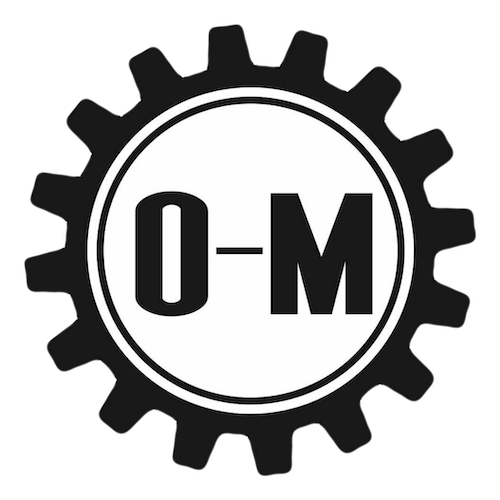When elbow pain strikes, it can be extremely debilitating. Whether it’s the first time or you suffer from chronic flare-ups, you know how frustrating it can be. You can’t do the things you love, and even daily activities can have you wincing. Is it tennis elbow? Golfer’s elbow? What if you don’t play those sports but still have elbow pain? Let’s discuss some common reasons you might be suffering from this nagging condition.
Tennis Elbow Or Golfer’s Elbow, What’s The Difference?
These two painful conditions have a lot in common, but they are quite different physiologically. In general, both are a type of epicondylitis (inflammation of the tendons) and cause forearm and elbow pain. So, how do you know which one it is? To put it simply, in tennis elbow, the pain is usually on the outside of the elbow whereas in golfer’s elbow, it’s on the inside. The tendons attached to the elbow become inflamed and radiate pain down the arm during activities like grasping, lifting, or reaching. This can make even performing work, household, or childcare-related tasks painful – not to mention any sports or exercise.
Playing Sports Isn’t The Only Cause
Despite the names of these common conditions, you don’t have to play a sport to end up with this type of pain. Overall, the major contributor is repetitive arm, hand, and wrist motion. This can happen when you play a sport like tennis or golf, but it can also be a result of work (like typing, carpentry, painting) or other lifestyle activities that involve repetitive motion (like gardening). In fact, many of our patients who have elbow and forearm pain do not play tennis or golf!
Get Help Right Away
The main issue with tendon-related pain is that it can go very quickly from acute to chronic. If left untreated, a bout of tennis or golf elbow could end up being a nagging condition you deal with for years. So, if you’re experiencing this type of pain, get help right away.
Regardless of the reason for your pain, neuromuscular therapy (NMT) can help. Not only does it provide pain relief during and after your session, it can help reduce the inflammation that is causing the persistent pain. Schedule an evaluation with us where we will sit down and discuss your concerns and set up a plan to help get you back to doing the things you love, safely.


